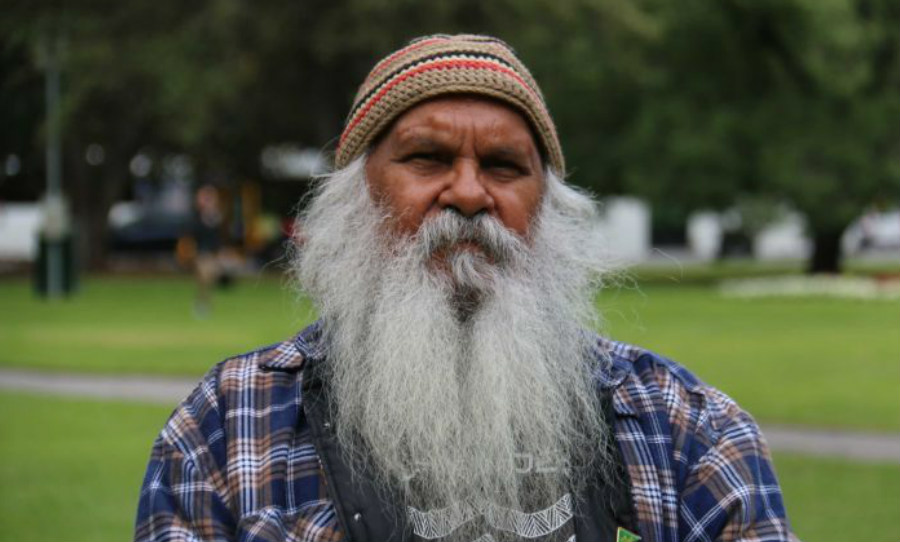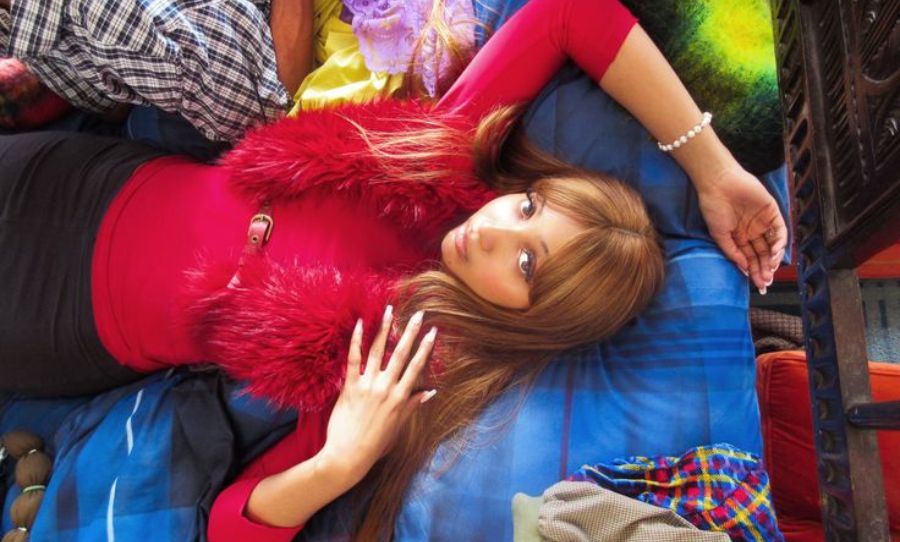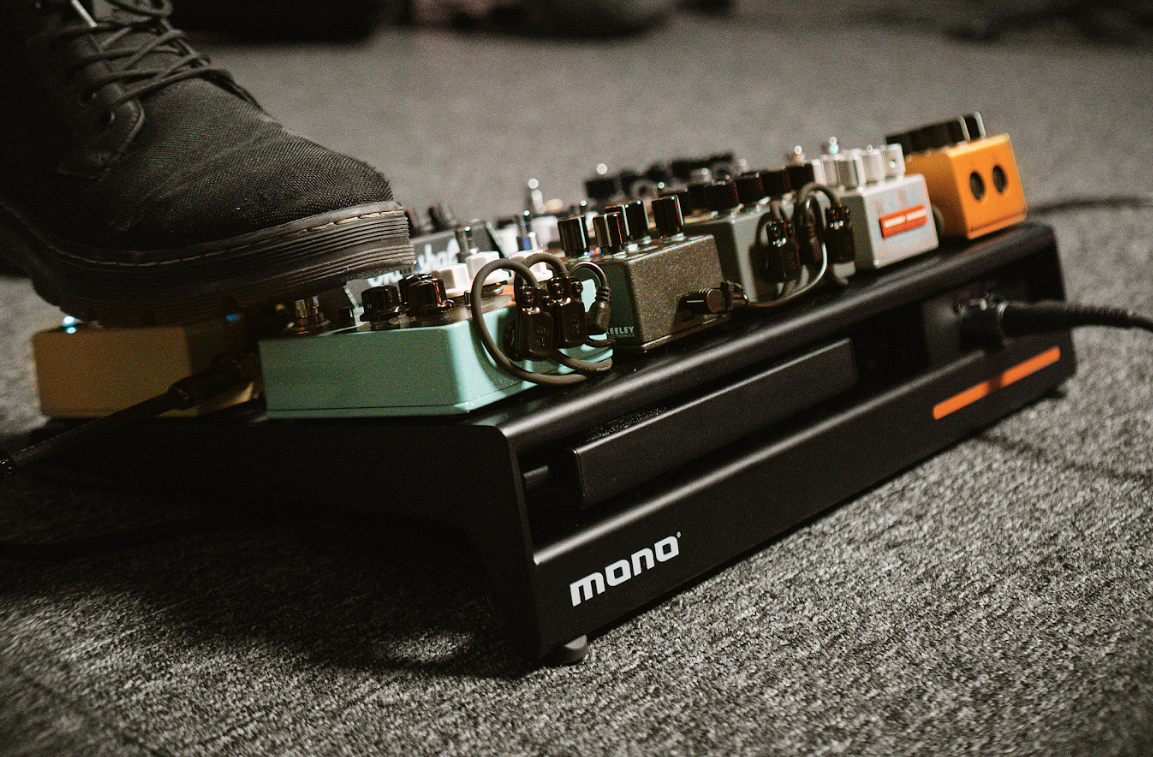The South Australian Museum is working towards repatriating the remains of more than 4,500 Aboriginal people to country; recognising that its policy around storing ancestral remains was “inadequate”.
The museum is set to return the ownership and management of the remains to Aboriginal people, expecting there to be a long repatriation process ahead.

From the beginning of the 19th century through to 1940, Aboriginal remains were stolen from burial sites to be displayed in museums around the world. Many were taken under disparaging circumstances, and put on display despite the wishes of ancestors.
Head of Humanities at the South Australian Museum John Carty said that most other cultural institutions in Australia have already returned the the ownership and management of ancestral remains back to Aboriginal people.
“Our policy was inadequate and we’re being really frank about that, we’ve got a lot of ground to make up to make sure we’re doing it right,” he told ABC News.
“It’s a really major shift in the ethics in this museum, the policy makes a shift from viewing Aboriginal people and Aboriginal ancestral remains as scientific specimens to seeing them as humans.”
Ngarrindjeri elder Major Sumner has been working with the museum on the ancestral remains and repatriation reference group policy for the past 12 months. He has 1,200 of his ancestors in the South Australian Museum collection.
“It’s very important that museums around the world change their policy and hand them back because it’s an invasion of privacy and an invasion of a grave site,” he told ABC news.


